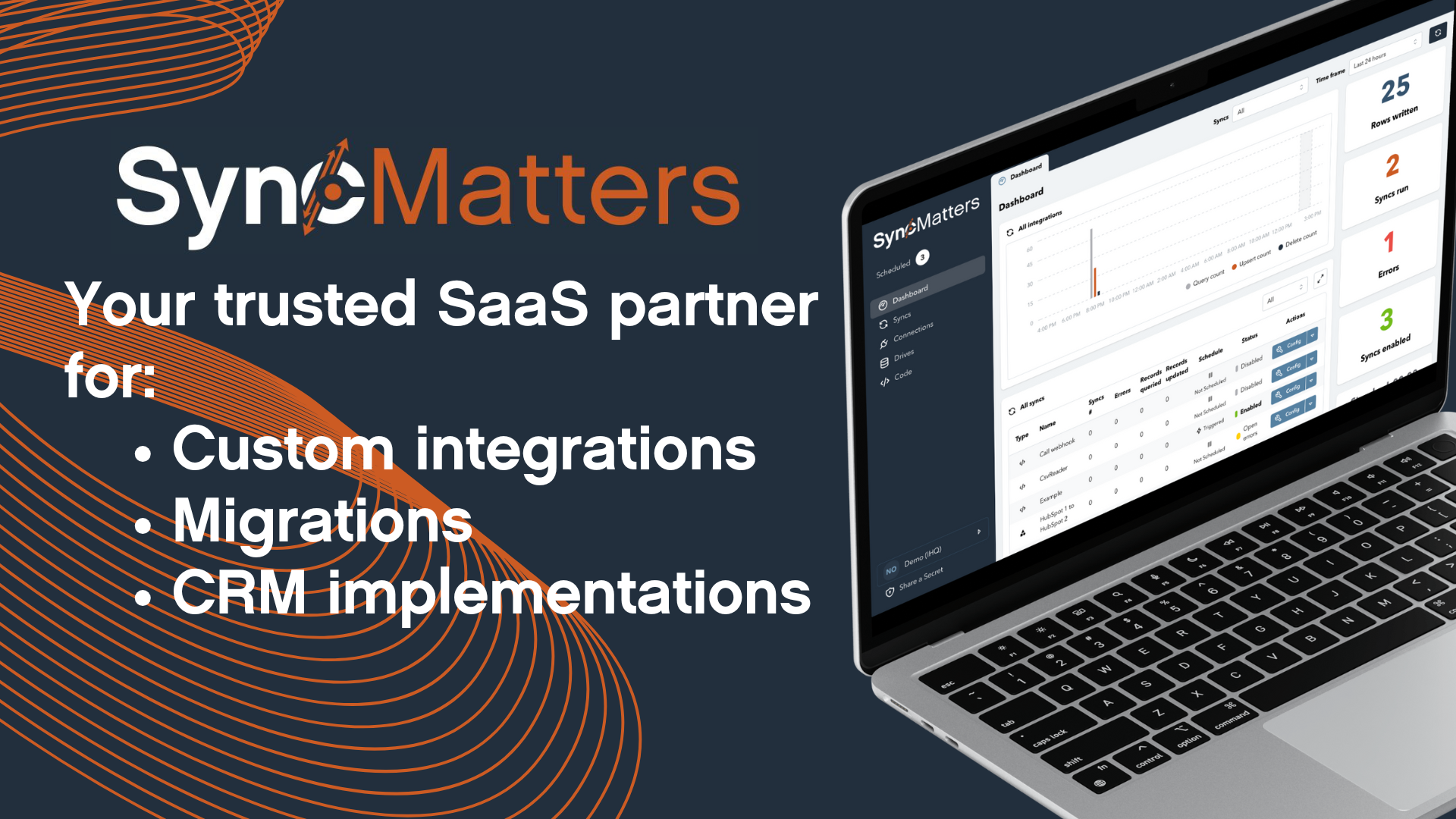In the ever-evolving world of Customer Relationship Management (CRM) software, two names often emerge at the forefront of the conversation: Pipedrive and HubSpot. Both platforms have carved out significant niches in the CRM market, offering unique features and experiences that cater to various business needs.
As businesses strive to optimize their sales processes and enhance customer relationships, the choice between Pipedrive and HubSpot becomes pivotal.
Understanding the Core Philosophies
Pipedrive: Born out of the frustration of sales professionals who needed a more user-friendly tool, Pipedrive emphasizes a sales-driven approach. It's designed to be intuitive, ensuring that managing your sales pipeline is as straightforward as possible. The platform's visual sales pipeline is a standout feature, allowing teams to track the progress of deals with ease and precision.
HubSpot: HubSpot takes a broader approach, focusing not just on sales but also on marketing and customer service. It's an all-in-one solution that integrates these different aspects into a cohesive whole. HubSpot is renowned for its inbound marketing methodology, which helps businesses attract, engage, and delight customers throughout their journey.
Feature Comparison: Pipedrive vs HubSpot
1. Ease of Use:
- Pipedrive: Known for its user-friendly interface, Pipedrive is designed for quick setup and ease of use. Its minimal learning curve makes it ideal for teams looking for a straightforward, efficient CRM tool.
- HubSpot: While HubSpot is also user-friendly, its extensive range of features can be overwhelming for new users. However, it offers comprehensive training resources to help users get the most out of the platform.
2. Sales Pipeline Management:
- Pipedrive: This is where Pipedrive shines. Its visual sales pipeline is intuitive, allowing for easy drag-and-drop management of deals and stages.
- HubSpot: HubSpot also offers sales pipeline management, but it's part of a larger suite of tools. The experience is robust but can be more complex due to its integrated nature.
3. Marketing Tools:
- Pipedrive: Pipedrive includes basic marketing tools, but its primary focus remains on sales.
- HubSpot: Provides extensive tools for digital marketing, lead generation, and contact management, making it superior for businesses focused on comprehensive digital marketing strategies.
4. Integration and Ecosystem:
- Pipedrive: Offers a good range of integrations with popular tools and has a marketplace for additional extensions.
- HubSpot: Stands out with over 1,000 apps and data sync plug-ins, offering a versatile and expansive ecosystem.
5. Pricing:
- Pipedrive: Generally more affordable, with a clear pricing structure that scales with your business. Pipedrive offers plans ranging from $14.90 to $99 per month, appealing to budget-conscious businesses. It's designed with sales teams in mind, providing intuitive tools for sales pipeline management.
- HubSpot: As an all-in-one app with a CRM at its core, HubSpot's plans start from $0 to $1,200 per month, catering to businesses seeking a comprehensive suite of tools. It integrates sales, marketing, and customer service, making it ideal for a holistic approach.
6. Customer Support:
- Pipedrive: Known for responsive customer support.
- HubSpot: Offers extensive support, including a vast knowledge base, community forums, and professional support services.
Making the Right Choice for Your Business
For Sales-Focused Teams: If your primary need is managing and optimizing a sales process with minimal complexity, Pipedrive is likely the better choice. Its straightforward approach to sales pipeline management makes it a favorite among sales teams.
For Comprehensive CRM Needs: If you're looking for an all-encompassing CRM that not only handles sales but also ties in marketing and customer service, HubSpot is the way to go. Its integrated approach ensures that all aspects of the customer journey are covered.
Conclusion
Both Pipedrive and HubSpot offer a wide range of impressive features, but ultimately, the best choice will depend on your unique business requirements. Pipedrive excels in sales pipeline management with a user-friendly interface, while HubSpot offers a more comprehensive suite of tools that cater to various aspects of CRM. By carefully considering your business's size, needs, and goals, you can select a platform that not only meets your current requirements but also scales with your future growth.
Ready to make a move?
.png)





